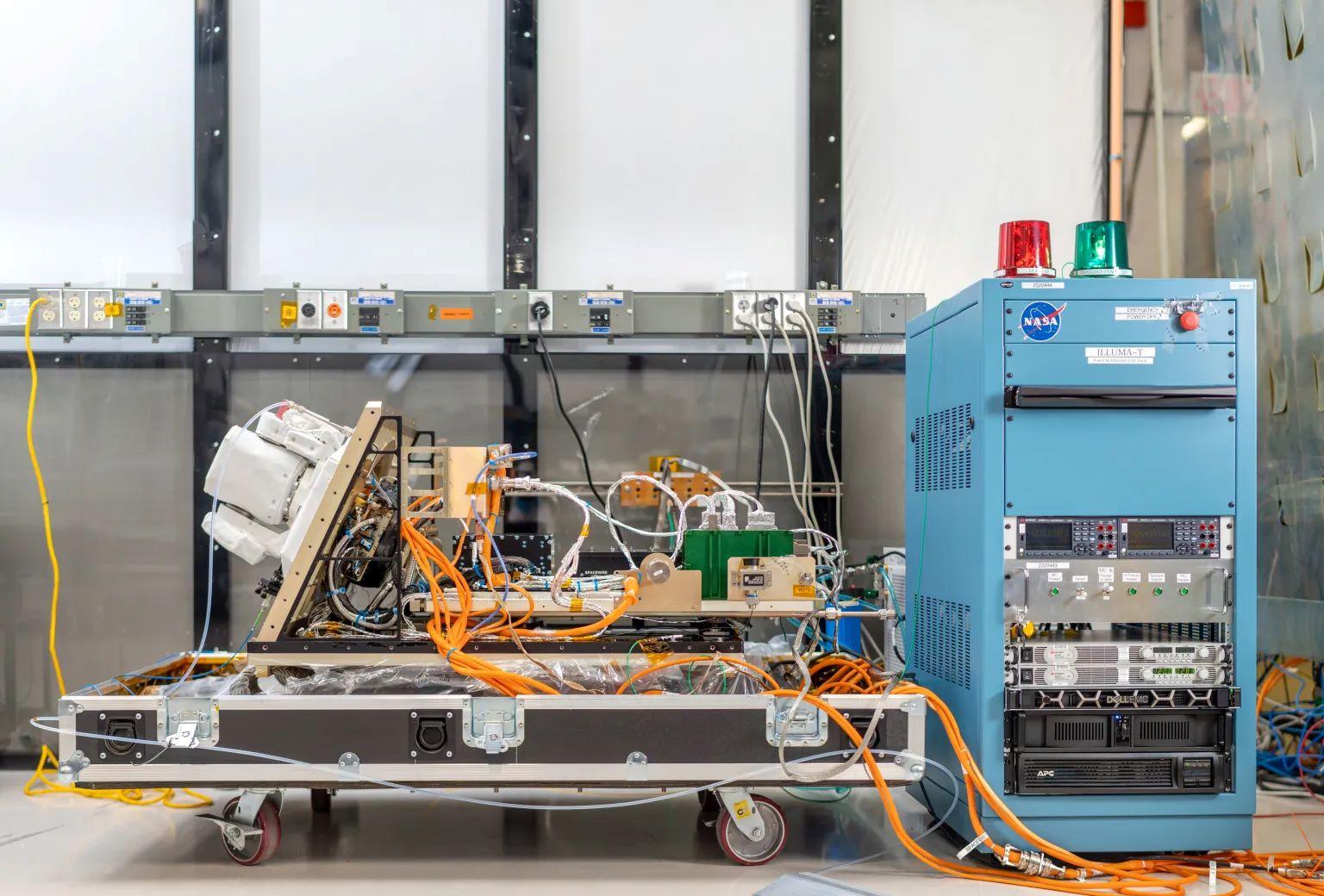
The ILLUMA-T laser communications system.
Credit: NASA
HOUSTON—NASA intends to advance space laser communications and Earth atmospheric monitoring with new science and technology endeavors in an upcoming payload resupply mission to the International Space Station (ISS). The launch of crew supplies, food and equipment along with research and technology...
Subscription Required
This content requires a subscription to one of the Aviation Week Intelligence Network (AWIN) bundles.
Schedule a demo today to find out how you can access this content and similar content related to your area of the global aviation industry.
Already an AWIN subscriber? Login
Did you know? Aviation Week has won top honors multiple times in the Jesse H. Neal National Business Journalism Awards, the business-to-business media equivalent of the Pulitzer Prizes.




